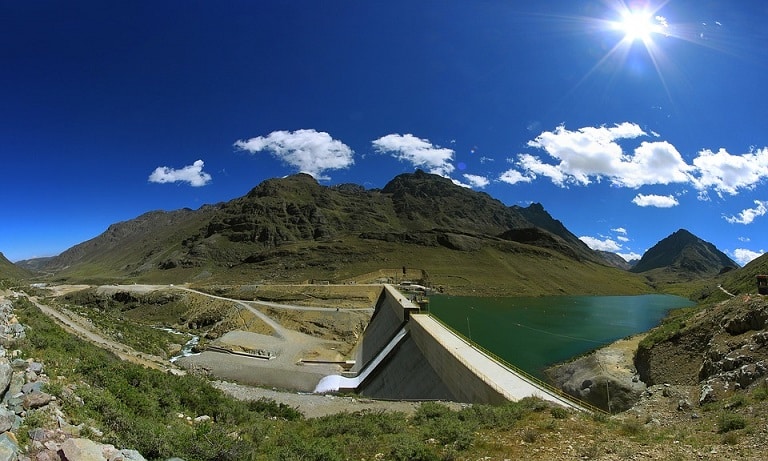There has been so much talk around Sustainable Development Goals (SDGs) recently, but what exactly are they and why should we care about them? SDG 6, for instance, is being pushed hard around the globe, but what is it?
The goal of SDG 6 is to: Ensure availability and sustainable management of water and sanitation for all.
SDG 6 Targets & Indicators
6.1 By 2030, achieve universal and equitable access to safe and affordable drinking water for all
6.1.1 Proportion of population using safely managed drinking water services
6.2 By 2030, achieve access to adequate and equitable sanitation and hygiene for all and end open defecation, paying special attention to the needs of women and girls and those in vulnerable situations
6.2.1 Proportion of population using safely managed sanitation services, including a hand-washing facility with soap and water
6.3 By 2030, improve water quality by reducing pollution, eliminating dumping and minimizing release of hazardous chemicals and materials, halving the proportion of untreated wastewater and substantially increasing recycling and safe reuse globally
6.3.1 Proportion of wastewater safely treated
6.3.2 Proportion of bodies of water with good ambient water quality
6.4 By 2030, substantially increase water-use efficiency across all sectors and ensure sustainable withdrawals and supply of freshwater to address water scarcity and substantially reduce the number of people suffering from water scarcity
6.4.1 Change in water-use efficiency over time
6.4.2 Level of water stress: freshwater withdrawal as a proportion of available freshwater resources
6.5 By 2030, implement integrated water resources management at all levels, including through transboundary cooperation as appropriate
6.5.1 Degree of integrated water resources management implementation (0-100)
6.5.2 Proportion of transboundary basin area with an operational arrangement for water cooperation
6.6 By 2020, protect and restore water-related ecosystems, including mountains, forests, wetlands, rivers, aquifers and lakes
6.6.1 Change in the extent of water-related ecosystems over time
6.a By 2030, expand international cooperation and capacity-building support to developing countries in water- and sanitation-related activities and programmes, including water harvesting, desalination, water efficiency, wastewater treatment, recycling and reuse technologies
6. a.1 Amount of water- and sanitation-related official development assistance that is part of a government-coordinated spending plan
6. b Support and strengthen the participation of local communities in improving water and sanitation management
6. b.1 Proportion of local administrative units with established and operational policies and procedures for participation of local communities in water and sanitation management
There are still millions of people around the globe who do not have access to fresh drinking water and hygienic sanitation, and this is causing many millions of deaths annually, especially in developing countries. This needs to stop!
Purchase water dispenser or hire water dispenser from Living-Water.






